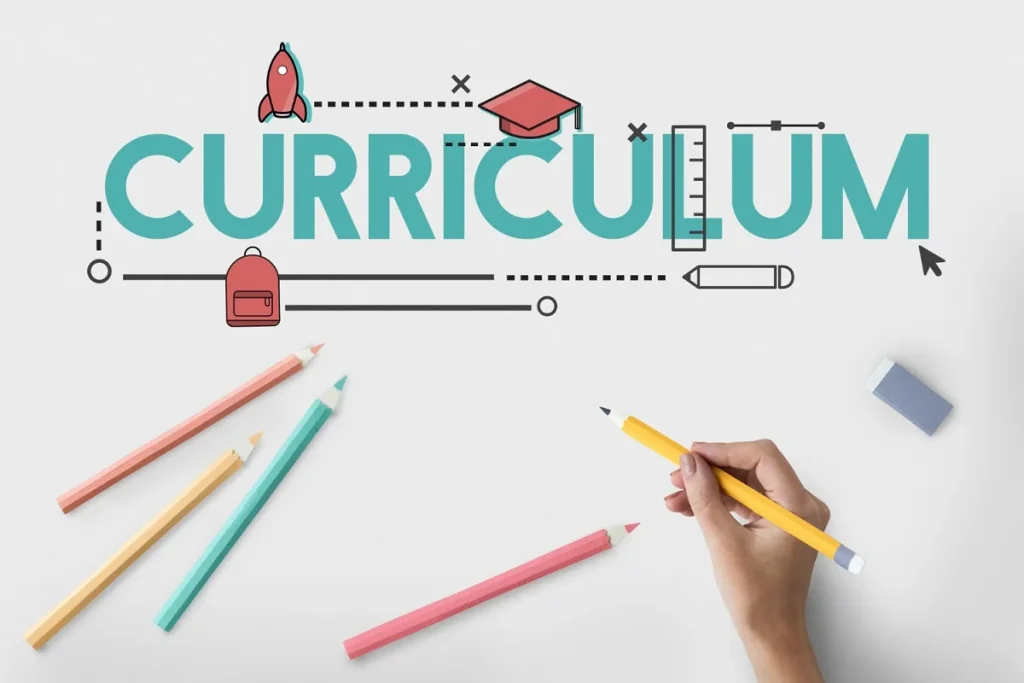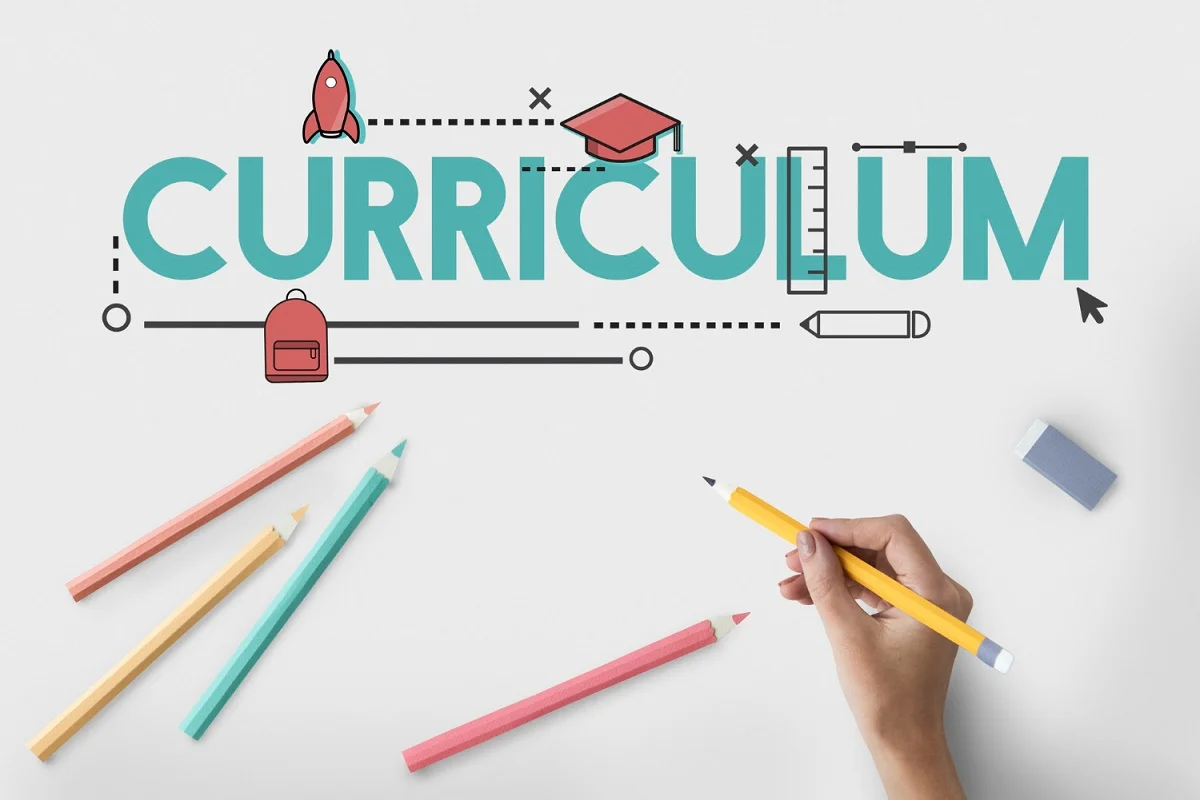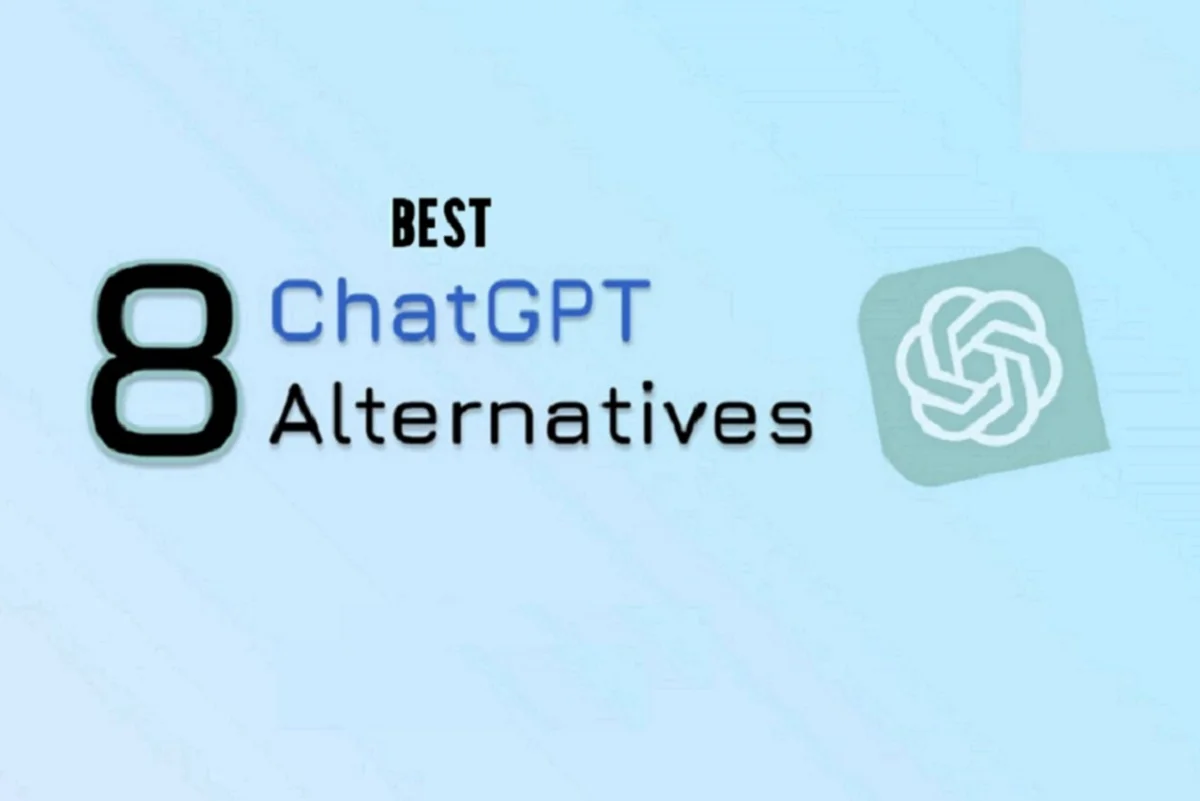Education is the foundation of an enlightened and forward-thinking society, and at the center of every educational system is the curriculum. It serves as a guide to instruction and learning, ensuring that students receive organized and meaningful instruction.
In this article, we are going to look at the “curriculum meaning in education,” types of curriculum, the significance of the curriculum, and the difference between the “curriculum and syllabus.
Definition of Curriculum
The “curriculum meaning in education” is the total of courses, lesson plans, teaching materials, learning objectives, and tests that structure the educational experience of students. It is not only a list of what is to be taught, but rather a comprehensive approach to the entire educational process that encompasses teaching methods, learning outcomes, assessment methods, and the values and attitudes imparted to students.
The curriculum is developed by educational authorities, institutions, or boards and implemented by teachers to achieve specific academic objectives. It provides consistency, coherence, and progression in learning among students. The curriculum serves as a blueprint within which teachers function and students acquire knowledge and develop skills.
Key Features of Curriculum:
- Structured and organized content.
- Specified learning goals and outcomes.
- Means of delivery and assessment.
- Alignment with national education standards.
- Developed to satisfy the development requirements of students.
Types of Curriculum in Education
Understanding the various types of curricula helps in recognizing the multiple ways in which students learn and acquire knowledge and skills. Each type has a distinct role to play in shaping students’ learning experiences.
1. Formal Curriculum
The official curriculum is the documented and ratified curriculum by education authorities. It comprises the subjects offered in schools, course syllabi, textbooks, teaching manuals, and testing instruments.
Examples: Mathematics, Science, History, Language Arts.
Features:
- Organized and standardized.
- Applied equally to all educational institutions.
- Measurable by tests and examinations.
- Aligns with national or regional educational objectives.
2. Informal Curriculum
The informal curriculum refers to the learning that occurs outside the official class setting. It is generally unplanned and spontaneous and is obtained through socialization, outside-classroom experiences, and individual inquiry.
Examples: Include Student council leadership skills, conflict resolution in peer relations, and moral messages conveyed through narratives.
Features:
- Unstructured and informal.
- It affects social, emotional, and ethical growth.
- Context-dependent, culture-influenced, and relationship-dependent.
- Not formally evaluated.
3. Hidden Curriculum
The hidden curriculum refers to the unseen or unwritten curriculum, encompassing the unspoken or implicit expectations. It contains the experiences of students during the learning process.
Examples: Include Speaking out against abuses of power, questioning authority, and engaging in political activism.
Features:
- Unintended learning outcomes.
- It affects students’ behavior and beliefs.
- It can perpetuate social inequalities.
- Often, it reflects institutional culture.
4. Null Curriculum
The null curriculum encompasses the content or subject matter that is intentionally or unintentionally omitted from the formal curriculum. The absence of some subjects can influence students’ perceptions and worldviews.
Examples: Include historical exclusion, the restrictive portrayal of indigenous cultures, and shying away from contentious political subjects.
Features:
- It is a choice made by the curriculum designer.
- This can result in skewed or partial education.
- It reflects cultural, political, or ideological reasons.
5. Co-Curricular Curriculum
Co-curricular activities refer to extracurricular activities that support and complement an educational program. It is planned and organized by schools to maximize students’ overall development.
Examples: Sports, music, debates, drama and science fairs.
Features:
- Strengthens academic learning.
- Fosters the growth of creativity, leadership, and cooperation.
- Promotes mental and emotional health.
- Often acknowledged in school reports and assessments.
6. Extra-Curricular Curriculum
The extracurricular curriculum encompasses activities that fall outside of the formal and co-curricular arenas but are highly useful to personal development.
Examples: Volunteering, part-time employment, internship, and hobby clubs etc.
Features:
- Self-directed and voluntary.
- Promotes independence and responsibility.
- Provides experiential life skills and experience.
- Not the immediate result of academic attainment.
7. Integrated Curriculum
The integrated curriculum combines several subjects to learn a topic or theme as a whole. It promotes cross-disciplinary connections and application to real life.
Examples: Learning about climate change by studying it in science (climate systems), geography (effect on regions), and literature (associated novels).
Features:
- Interdisciplinary approach.
- Fosters problem-solving and critical thinking.
- Increases participation and retention.
- Encourages collaboration among teachers.
8. Spiral Curriculum
The spiral curriculum revisits important concepts at increasingly complex levels over time. It extends students’ prior knowledge to further understanding.
Examples: Basic arithmetic in early grades, followed by algebra and calculus in advanced grades.
Features:
- Sequential and progressive
Strengthens learning through repetition
Aids in long-term retention
Aids in the mastery of complex content
Importance of Curriculum
The curriculum is the core component of the educational system. It outlines what must be learned, how it must be learned, and how learning assessment should be done. Effective teaching and learning are primarily dependent on a well-designed curriculum.
Offers a Clear Framework:
It prescribes the goals, matter, method, and assessment strategies, providing teachers with a pattern to follow and ensuring consistency in teaching.
Provides Uniformity and Equity:
A standardized curriculum ensures that students across different locations and backgrounds receive the same level of education.
Encourages Comprehensive Development:
With the integration of academic, social, emotional, and physical learning goals, the curriculum encourages overall student development.
Aligns with Societal Needs:
Curricula are developed in response to the current needs of society, equipping students with competencies for the job market, citizenship, and addressing international challenges.
Enables Teacher Planning:
Teachers use the curriculum to plan lessons, choose materials for teaching, and schedule testing, making operations more efficient and effective.
Promotes Accountability:
Through the articulated outcomes and measures, the curriculum holds teachers and students accountable for achievement and advancement.
Facilitates Lifelong Learning:
A curriculum that continually evolves inspires curiosity, creativity, and a love of learning, serving as the foundation for ongoing personal and professional development.
Difference Between Curriculum and Syllabus
| Feature | Curriculum | Syllabus |
|---|---|---|
| Definition | The wider educational system encompasses aims, content, pedagogy, and assessment. | A detailed topic and activity schedule for a specific subject or course. |
| Scope | Large and multi-faceted. | Limited and subject-specific. |
| Time Frame | Extends throughout the entire teaching program. | Restricts to one course or one academic term. |
| Designed By | Educational authorities, government agencies, or institutions. | Teachers, subject specialists, or examination authorities. |
| Focus | Overall development of the learner. | Subject matter knowledge and academic performance. |
| Assessment | Comprises multiple methods such as projects, presentations, and examinations. | Generally measured through assignments and tests. |
Conclusion
The curriculum is the core of the teaching-learning process in education. It encompasses all the learning experiences planned in the “education curriculum” and is directed toward the intellectual, emotional, social, and physical growth of the students. By learning the “concept of curriculum in education” and the realization of various types of curriculum, formal, informal, hidden, co-curricular, etc., teachers and stakeholders can make and implement more effective learning plans.
Along with this, the realization of the distinction between the curriculum and the syllabus clarifies the roles each plays in educational achievement. In today’s rapidly changing world, an updated and robust curriculum is crucial for equipping students to meet the challenges of the future.





